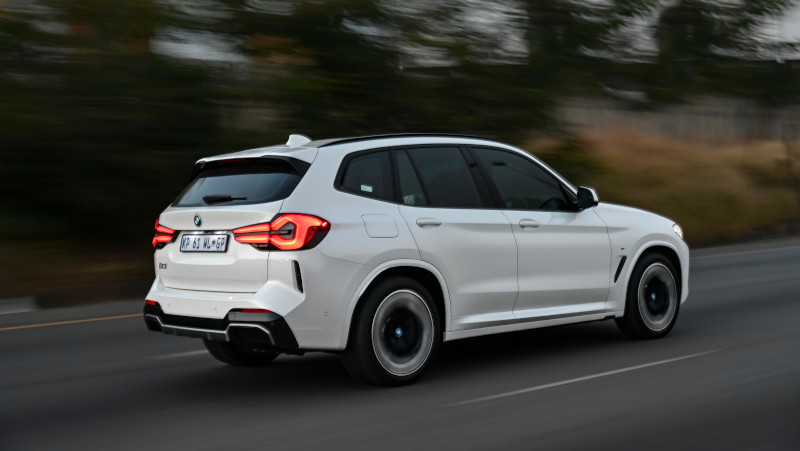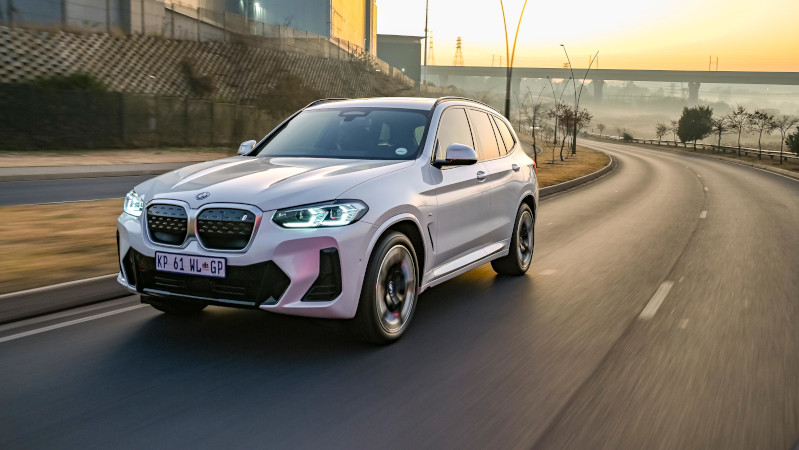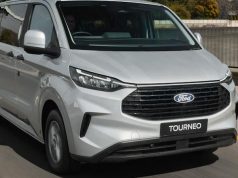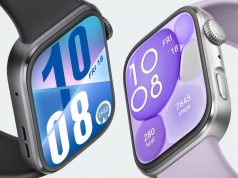The price of the electric BMW iX3 M Sport is in line with those of its petrol- and diesel-powered siblings, but its fuel costs a fraction of theirs.
Car buyers often slam electric cars for being considerably more expensive than internal combustion cars. Though certainly not cheap, the electric derivative of the X3 model range is an exception. At R1 361 400, the iX3 sits low on the X3 price ladder, which starts at R981 300 and tops out at R2 128 000.

Fully loaded
It’s a well-known fact that most luxury car brands will present you with a ‘shell’ to which you must add expensive extras to make it livable. With the iX3, BMW decided to throw the options book at the car. Therefore, it is loaded with equipment that BMW charges extra for in the petrol and diesel X3s.
Perhaps most notable are adaptive ‘matrix’ LED headlights included as standard. (BMW LaserLight can be ordered as an option.)
A wide selection of driver assistance systems also come as standard, including Driving Assistant Professional with the Steering and Lane Control Assistant, Active Cruise Control with Stop&Go function, automatic Speed Limit Assist and route monitoring. Also standard are Parking Assistant with Reversing Assist Camera and Reversing Assistant. New M aerodynamic wheels in 20-inch format are also included.

Driving the iX3
The merits of the X3 family, like its solid construction, sportiness, and well-damped ride, are present in the iX3 too. The car also carries its heavy battery well – better than most EVs available in South Africa. The electric motor in the iX3 develops 210 kW and 400 Nm, which is directed to the rear wheels. A sprint from 0 to 100 km/h takes 6.8 seconds and the top speed is limited to 180 km/h.
Critics shoot down electric cars for their limited driving range too. The first-generation Nissan Leaf could barely cover 160 km before having to charge again. With the iX3, you can get around 400 km from its 80 kWh battery.
What range anxiety?
So, it’s still not the type of car you’d easily take on a desert tour in Namibia, but you can easily drive it from Johannesburg to Durban and then on to Cape Town.
Unless they’re covering long distances, most owners charge at home, usually overnight, but they can also fill up at one of the GridCars, Rubicon, or BMW chargers. These offer 22 to 200 kW, although chargers that put out more than 80 kW are still rare. If you can find one that pumps electrons into your car at a rate of 150 kW, you will add 100 km to the iX3’s range every 10 minutes.
BMW sells the iX3 with a complimentary wallbox charger and owners get free charging at any BMW Group-branded charging station.

In conclusion
It’s hard for many consumers to believe EVs are better for the environment than petrol and diesel cars. It’s even harder to acquire an EV (especially an electric BMW) on the average motorist’s salary. What price parity between the iX3 and the fuel-burning X3s show is that this can be achieved. Citroën, Renault, and many other car companies are furiously working at bringing to market EVs that are as affordable as small petrol hatchbacks.
But even if you don’t buy into the environmental argument, it’s impossible to argue with rands and cents. The advantage of using electric ‘fuel’ in your iX3 (or cheap Renault EV) is an immediate reduction to under 50c/km, where a petrol car can easily cost R1.50 per km in fuel.
If you can also feed your iX3 with solar panels, the cost per kilometre can be less than half of that 50c/km from Eskom.
The iX3 is one the best electric buys in South Africa, but also consider the Mercedes-Benz EQB, BMW iX1, Volvo EX30, BYD Atto 3, and GWM Ora.
The BMW iX3 M Sport sells for R1 361 400. It scores 5 out of 5.
5.0 out of 5.0 stars




























